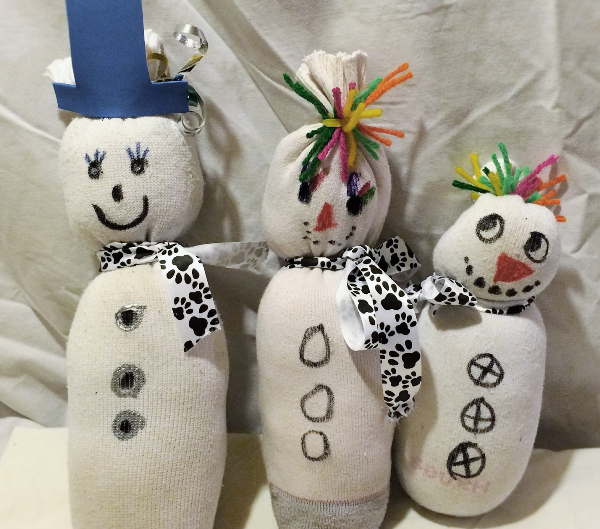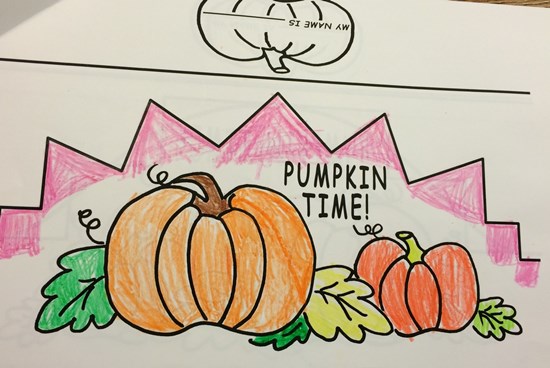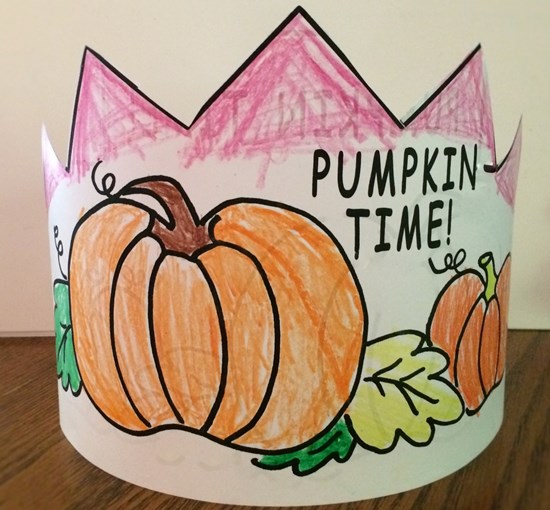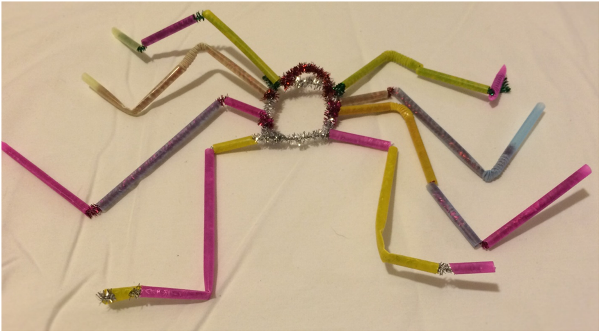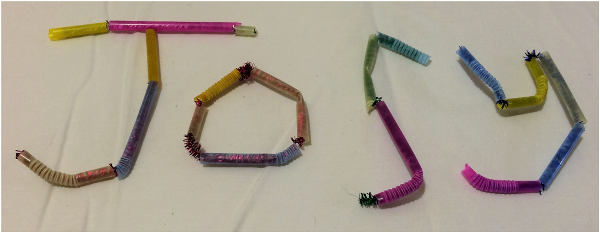Looking for a cozy, winter-themed craft that doubles as fine motor practice? Therapro’s Sock Snowman Activity Idea guides you step-by-step through creating adorable snowmen from recycled socks.
The Snock Snowman Activity is from the Pre-Writing Curriculum Enrichment Series, written and illustrated by Peggy Hundley Spitz, OTR. The books are split into 5 sections, and each section is packed with seasonal activities to enhance your classroom or therapy session. The sections are as follows: Trace & Draw, Crafts and Costumes, Cooking, Stories to Color and Read, and Games.
This month’s activity comes from the Crafts and Costumes section of Winter Activities: Snowflakes Snowflakes Everywhere.
Materials:
- 1 White tube sock
- Rubber band
- Polyester stuffing
- Fabric paints
- Felt Strips, 1” x 12” or Ribbon
- Colorful yarn scraps
- Scissors
Directions:
- Fill sock with polyester stuffing. Leave 2” at the top unstuffed.
- Wrap rubber band around the top of the sock to close the end.
- Tie a felt strip or ribbon firmly around the sock where the neck and the scarf of the snowman should be. This will divide the sock into “head” and “body”.
- Tie some colorful scraps of yarn around the rubber band,
- Use fabric paints to add features and buttons to your snowman.
- Allow paint to dry completely.
- Enjoy!
Activities:
- Explore and encourage tactile awareness by discussing the variety of textures- stuffing, sock, felt, paint, yarn and rubber band.
- Add uncooked beans or uncooked rice instead of polyester stuffing to make a weighted snowman.
- Add lavender scented sachet to the inside of the snowman for a relaxing friend.
- Encourage each child to make their snowman unique and name them.
- Use light colored socks such as light blue or pink and shorter socks, see how different they look.
Make it a sensory activity:
After you complete your snowmen enjoy our recipe for Winter Fruit Salad. The recipe is in the cooking section of Winter Activities: Snowflakes Snowflakes Everywhere.
Winter Fruit Salad
Food Needed:
- 1 red delicious apple, cored and sliced
- 1 granny smith apple, cored and sliced
- 1 winter pear, cored and sliced
- 1 8oz can mandarin orange slices
- ½ cup seedless grapes
- 1 cup shredded coconut
- Miniature marshmallows
- 8-10 maraschino cherries
Equipment Needed:
- Large Bowl
- Plastic knives
- Mixing spoon
- Can opener
- Serving bowls
Directions:
- Wash & dry hands.
- Cut apple and pear slices into cubes. Place in a large bowl.
- Wash grapes. Add to bowl.
- Open can of orange slices and drain. Add to bowl.
- Add some marshmallows and ½ cup of shredded coconut. Stir in until all the fruit is covered with coconut.
- Spoon into serving bowls. Sprinkle with more coconut and top with a cherry.
